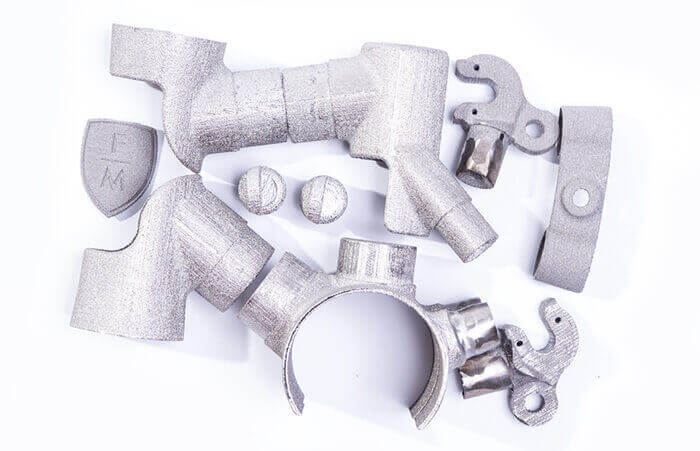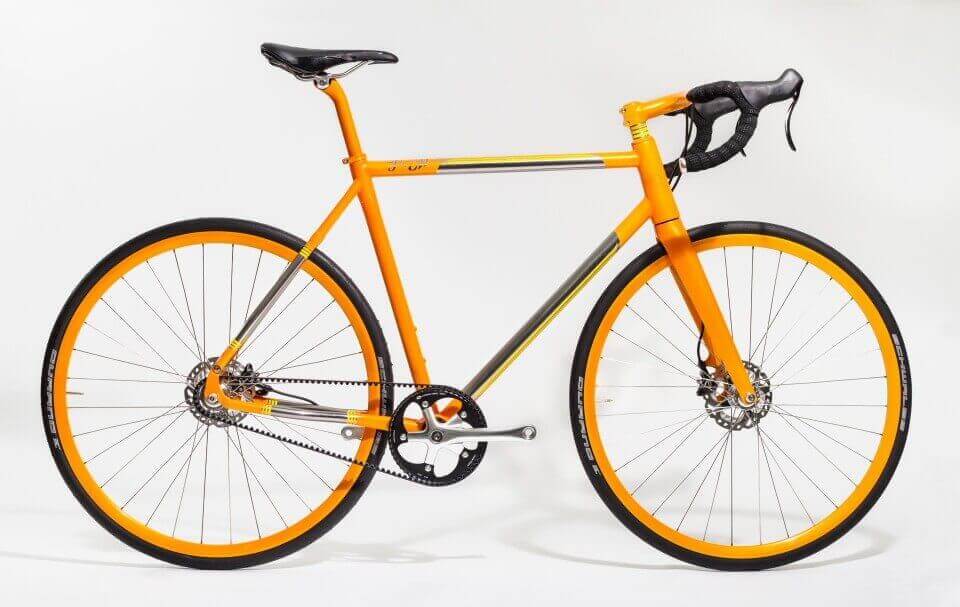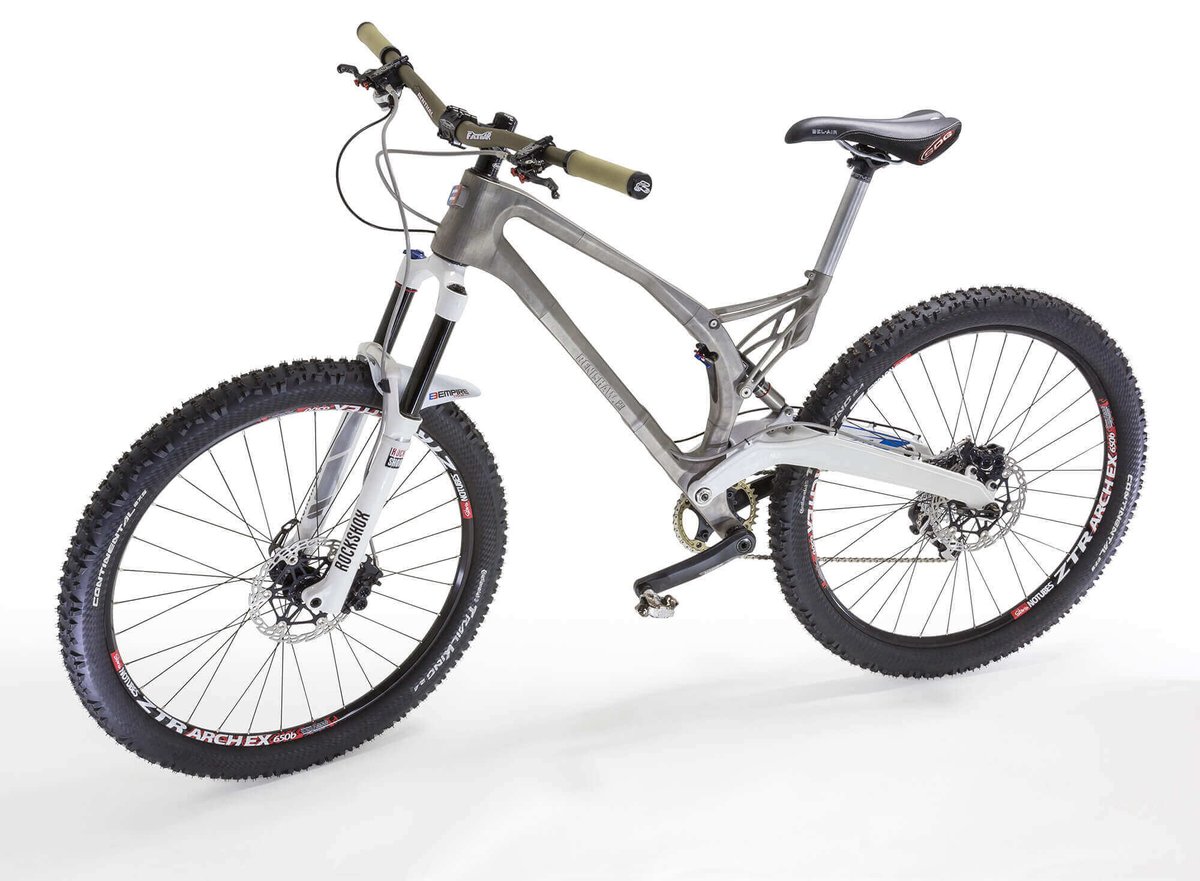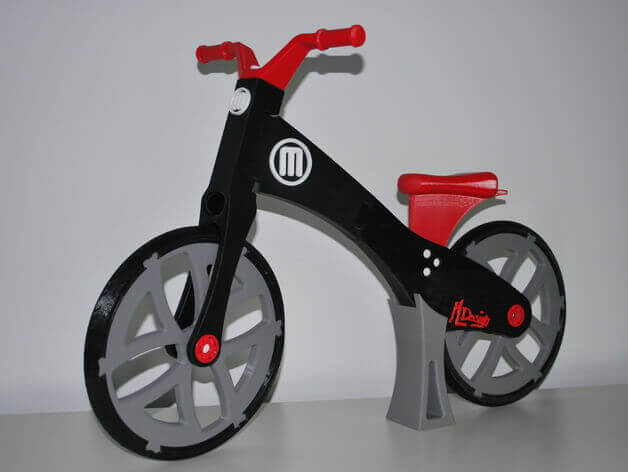Read this if you want to find out how 3D printing helps you to get a better bikes.
A few weeks ago a small custom bicycle manufacturer asked me for a few suggestions on how to implement 3D printing in its production process. There are few ways to go about it, but the main ones are: extreme customization, better aesthetics and structural weight-to-strength ratio optimization (also known as the topological optimization).

3D Printing is revolutionizing manufacturing from tools to organs. However, there are certain areas where this revolution is taking place faster, and one of these is bicycles. The two-wheeled transportation device anticipated the industrial revolution in the 1800’s, and it seems natural that the same thing will take place this time around.
These features have already been implemented in several fascinating projects focusing either on high performance or advanced design. They can help us – and the bicycle manufacturer mentioned above – get a clearer view of what 3D printing can do already. All without forgetting possibly the most important: accessible experimentation finalized toward distributed and home-based manufacturing.
Customization: Made just for you

Customization is what serious bikers want. Having the perfect size bicycle can make all the difference in the world in terms of comfort. Small bicycle manufacturers already offer many options and they will be able to offer even more through 3D printing. One example is Flying Machines, an Australia-based manufacturer that produced beautiful custom bike in titanium.
The Studio worked with CSIRO’s (the Commonwealth Science and Industrial Research Organization) Melbourne based Titanium Technology Division in order to gain access to a 3D printer that produced titanium parts. Their newest model, the F-ONE-HD, offers a fully tailored ‘made to measure’ geometry for every single bike, made possible by 3D Printed invisible titanium lugs that connect seamless titanium tubing. All you have to do is send in your data and they will ship it out to you.
Aesthetics: Looks and Feel

The same process of 3D printing titanium lugs can also be used by designers to create beautiful, geometrically intricate designs, something that many bicycle owner values very much. A project showed the world of riders what is possible with 3D printing is the VRZ-2 bike by designer Ralf Holleis.
The VRZ is a track bike frame with 3d printed titanium lugs glued together with carbon fiber tubes. This method allows to build custom frames in a short period, changing the geometry and generating the lug through a proprietary. The generated 3D files are produced with laser CUSING (a type of selective laser melting) and then tin coated (a scratch resistant coloring technique used for drill bits). The result is simply stunning and is worth checking out in video.
Lose Weight: Bikes, Slender and Tough

The third possibility offered by metal 3D printing technologies is that of topological optimization. This is a process used by designers and rapid prototypers to implement complex geometries in a 3D printed part in order to remove as much material as possible without sacrificing the structural integrity of the part. This is probably the single most important application of 3D printing at an industrial level as it will enable us to create waste less energy, use fewer materials and create products that consume and thus pollute less.
To put its topological optimization capabilities, UK-based Renishaw collaborated with Empire Cycles, a leading British bicycle design and manufacturing company, to create the world’s first 3D printed metal bike frame. This collaboration resulted in a titanium frame for a mountain bike that is 33% lighter than the original. The weight of some components, such as the seat post bracket, was reduced by as much as 44% (from 360 g to 200 g).
New Ideas: Riding Down New Alleys

The number one possibility that 3D printing offers is experimenting new approaches to manufacturing. The technology is already capable of doing more than we can imagine, and the only limit is our ability to imagine new products. A perfect example is the bike frame created by Australia-based industrial designer, university lecturer, student, researcher, and 3D Printing enthusiast James Novak, which was 3D printed by i.materialise.
He spent about 150 hours modeling the item in 3D on SolidWorks although he admitted that what took the most time and energy was understanding the possibilities offered by 3D printing and reimagining the concept of the bike frame. “What I really wanted to achieve was something that takes full advantage of the benefits of 3D printers, especially the ability to create one-off, customizable pieces that may be lighter-weight and stronger than traditional frames through the use of complex lattice structures. More than anything – James stated – I’d like my work to be an example of what we should be 3D Printing.”
Bike for Kids: Please Try This at Home

The most fun part of 3D printing is that your desktop can truly become your personal factory. This means that you can theoretically build an entire bicycle at home. In fact it is no longer just a theory: you can actually do it.
All you have to do is download this free design from Thingiverse, MakerBot’s hugely popular 3D model database, load up the filament and put your 3D printer to work. This design, officially dubbed “Balance Bike” is entirely 3D printable and consists of 19 different parts for a total of 26 components. Designed by Manuel Leute for MakerBot Europe, it took 120 hours to print using three different MakerBot Replicator 3D printers.

Think you can do better? Stephan Schürmann, an intern at filament manufacturer colorFabb did. His project explored both industrial and personal possibilities offered by 3D printing. He used a standard desktop machine and colorFabb’s XT-CF20 filament to produce bike lugs that were strong enough to hold together standard tubes and form a race bike frame. He also posted the designs on the Thingiverse, GrabCAD and YouMagine 3D model databases, so anyone can use them and improve upon them. Wanna give it a try?
License: The text of "3D Printed Bike: Ride Into the Future" by All3DP is licensed under a Creative Commons Attribution 4.0 International License.